Photos from Visiting Tribes in South Sudan
While driving around South Sudan I managed to meet 4 different tribes. Only had a translator for one, because it’s impossible to know all the dialects.
Many seasoned travelers are aware that visiting tribes in some places in Africa is a problematic topic (I explained it before in a blog post).
In places like Kenya or Tanzania tourists rush to see the Masai and other tribal villages, but it’s all staged for entertainment… when you enter you pay an entry fee and then you’re bombarded with souvenirs to buy. Many villages are also swapping every year so all families have a chance to live in a “tourist village” to make money off tourists.
That’s not the case in South Sudan, especially with two tribes we visited that aren’t close to Juba (as most visitors, which is still very small amount) opt to visit only the ones nearby so Dinka and Mundari. I traveled as a tourist.
Juba




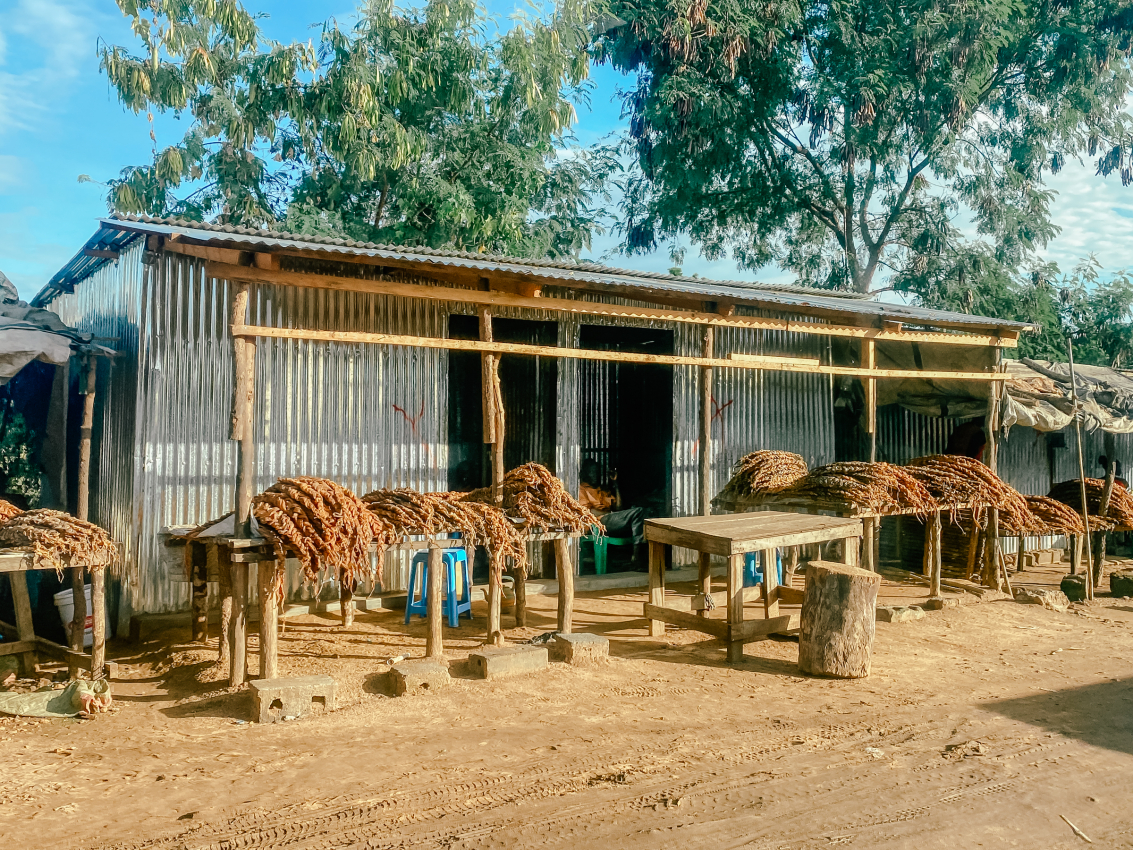
Toposa Tribe of South Sudan
The first tribe we visited was Toposa – fierce warriors and cattle stealers. The boys are put in age-sets and taught to herd. The girls look after their straw homes built mostly on stilts so animals can shade underneath, and care for the elderly and smaller siblings. The tribe practices scarification, which they treat like totems for occasions like dances, marriages, funerals and raids.
When we visited the village it was definitely slightly awkward at first. Only women and children, as men were all out with the cattle. We didn’t share the same language and someone could translate only a few words, but we were definitely equally interested in each other.
The younger girls were showing off the dresses they made and they got fascinated by long painted nails. My hair was a hit too… they asked if it was real and why do I keep it that color and so long. At the end of the visit, one of the boys found an old phone and started taking photos of us… which I think was pretty fair.



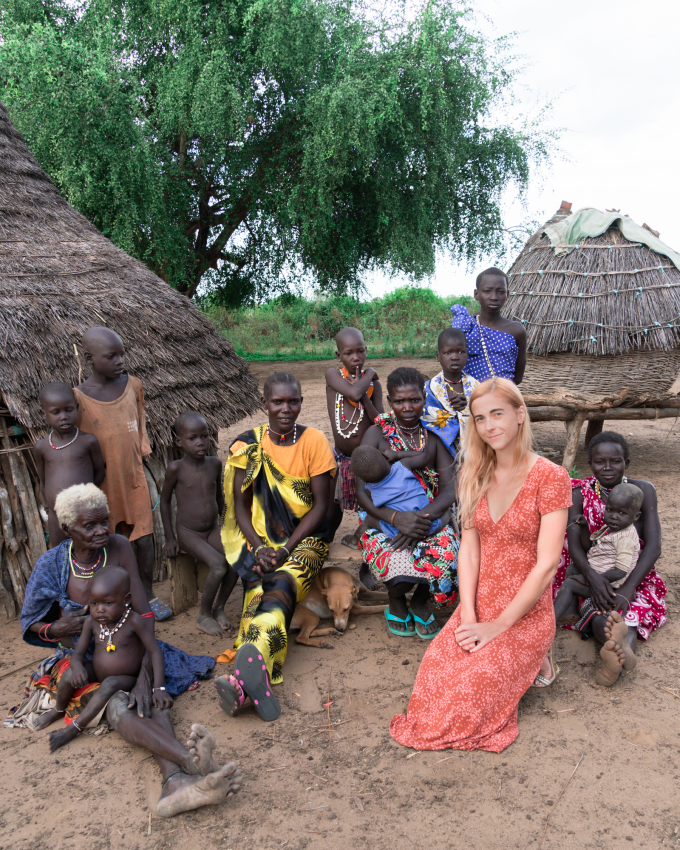

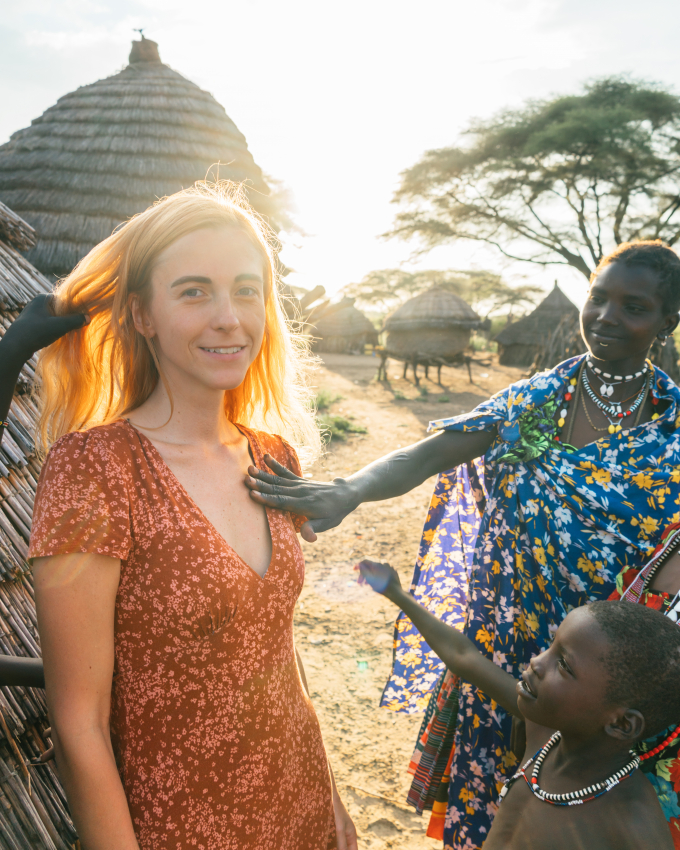
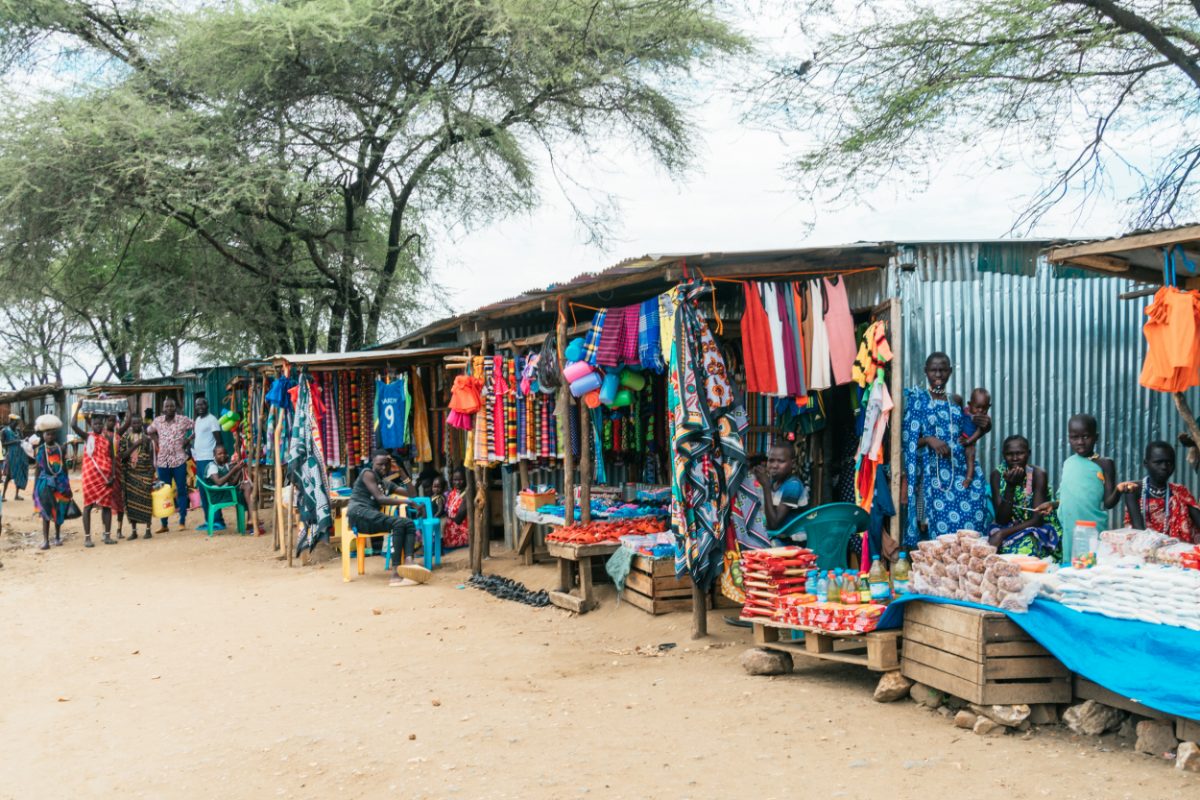

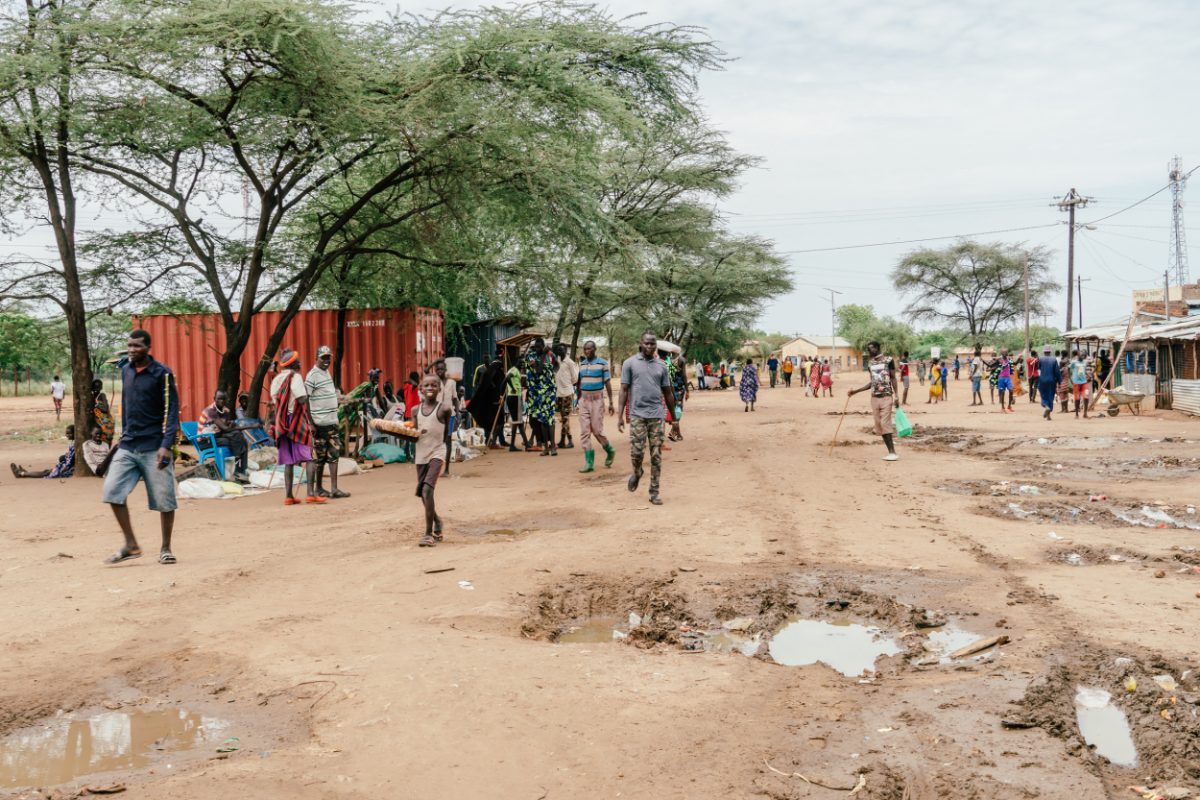
Boya / Larim Tribe of South Sudan
Most people don’t associate South Sudan with beautiful landscapes. But, surely there are some – one of these regions is inhabited by the Boya/Larim tribe.
Boya tribe cultivate food, they also bred cattle for meat, blood, milk and use as dowry to pay for a bride. Many brides actually – as we’ve been told “if you only have one wife as a man people will laugh at you”.
Scarification plays a considerable role in tribal life and is used as a way to distinguish between tribes and show the progression from childhood to adulthood.
Women take care of very small infants up to 3 months, but then their older siblings or cousins (from what I’ve been told around 4 and 5) take care of them and just bring them for food – they carry them until they can walk on their own.
We spent the night and morning with the Larim and they hosted us with some traditional dancing.

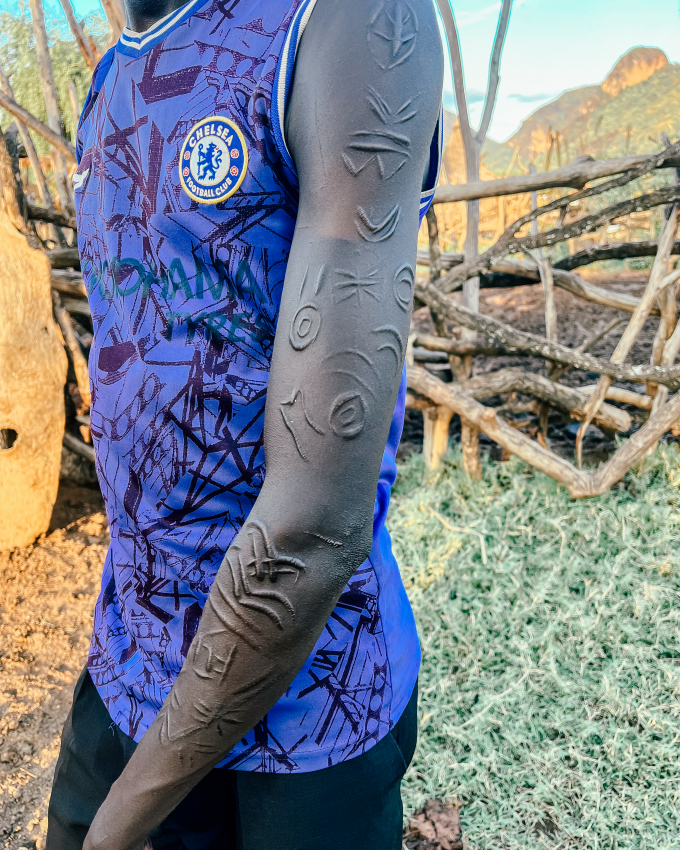

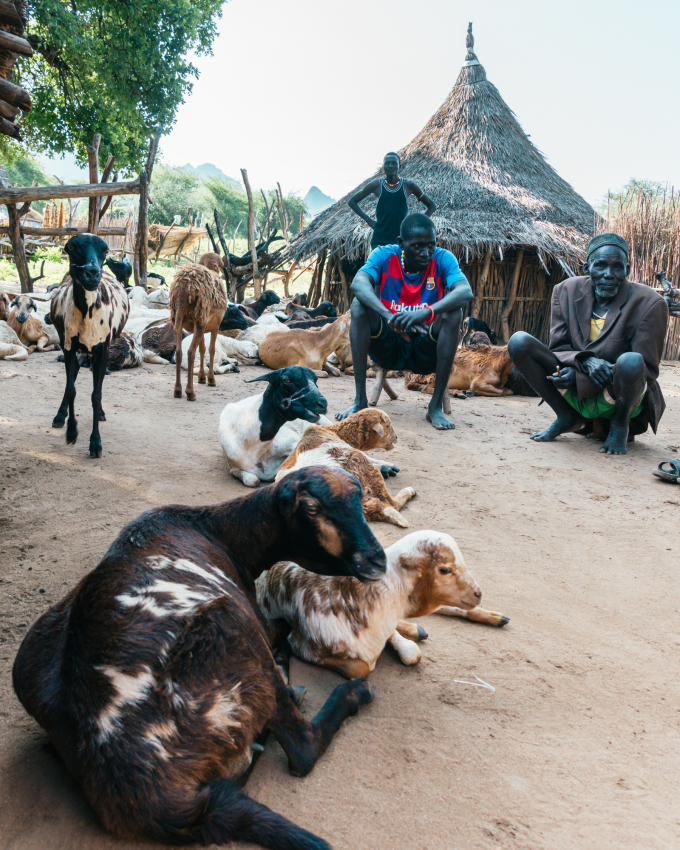

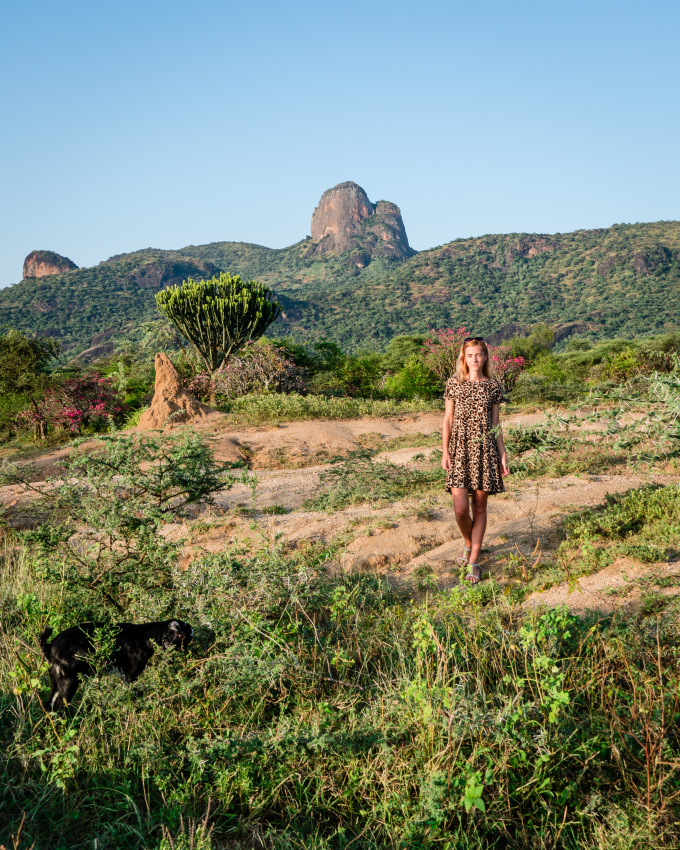
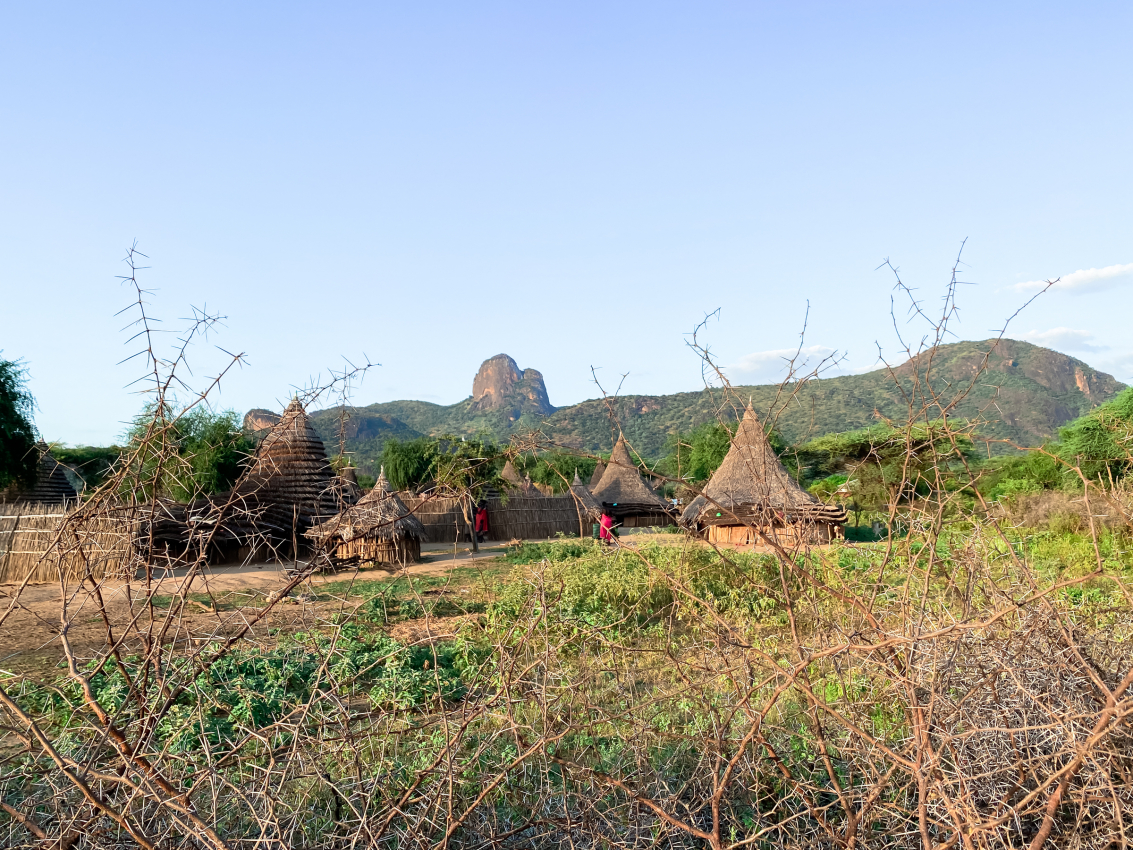

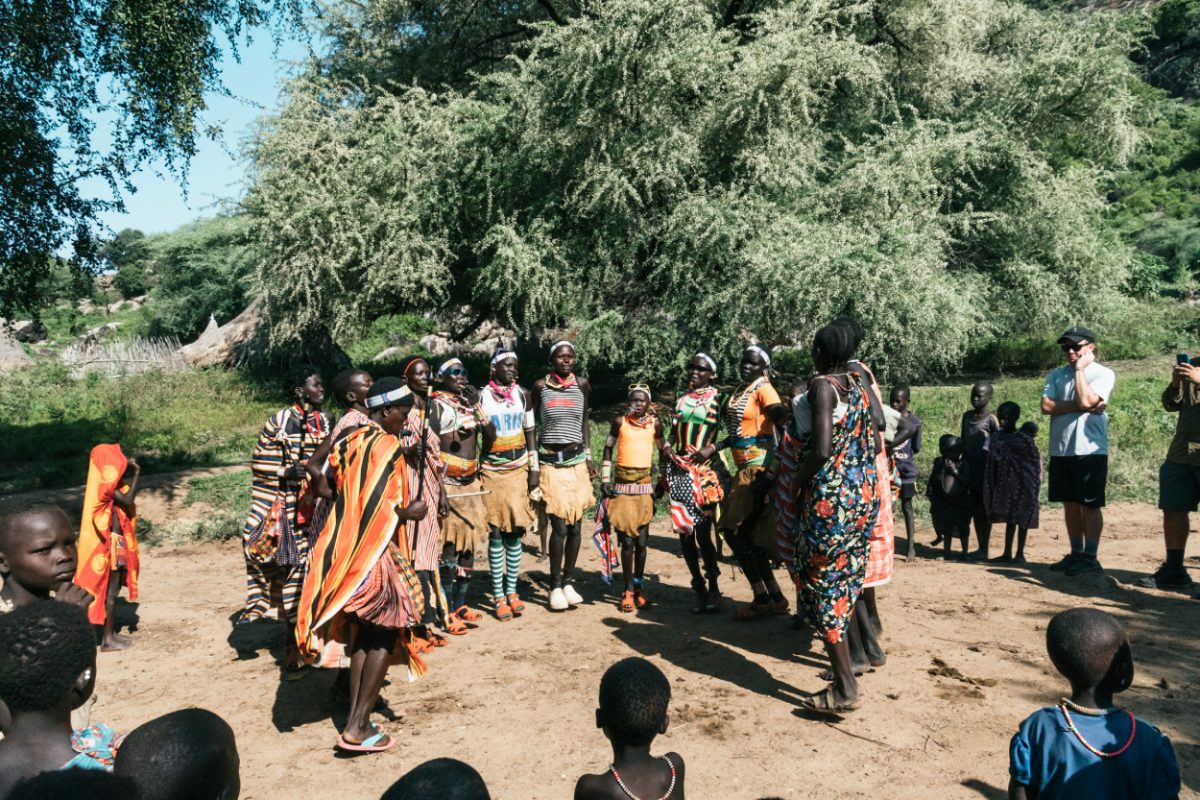

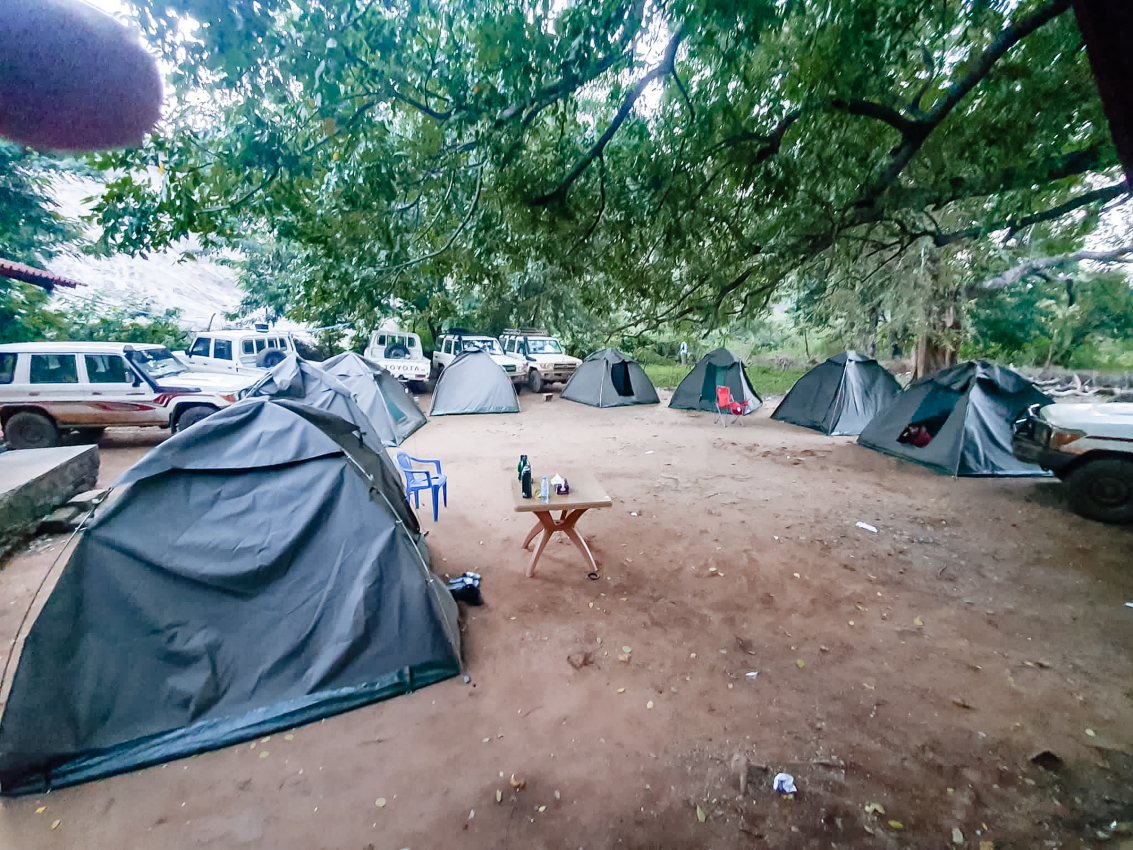


Dinka & Mundari Tribe of South Sudan
Dinka and Mundari tribes in South Sudan are pretty similar, but many Dinkas are prone to cities while Mundari remains “wild”. The Dinka (a Nilotic people meaning their tribal origins trace back to the White Nile) are the biggest ethnic group in South Sudan, forming approximately 35.8% of the population. They’re also one of the tallest tribes in the world.
Mundari tribe is probably one of the most famous ones due to its interesting practices. They all have AK47 to guard their cows.
Cows are their most valued assets. Yet, they don’t eat them and treat them as sacred. Their diet consists of only milk and yogurt from their cows. Cattle are fundamental to relationships and social structures. They are a profound measure of wealth, status, and personal influence. Cattle are used to pay debts, fines and bride prices and are also central to the religious and artistic culture.
They don’t hunt or cultivate. But, they are tall and muscular as they wrestle for fun between different communities. They don’t venture into the town unlike Dinka tribe, they stay in the bush.
They bathe in cow urine and use it to die their hair blonde/orange (which takes two weeks due to ammonia). They all have favorite cows and while someone from our group asked to participate in the ritual of the “golden shower” and cow blowing we were told no “because the cow doesn’t know us”. Apparently…
What’s cow blowing you may ask? It’s blowing into the cow’s vagina after she had babies to increase more milk production… someone mentioned something about it creating pleasure too by increasing the oxytocin but guess that’s related to milk production too.
They sleep among their cattle. Every morning young boys collect the dung and pile it up to burn. They use the ash to cover their bodies with it to protect from mosquitos and use it as antiseptic sunscreen.
We missed their evening dances as we got stuck at a checkpoint until 2 am so it was super dark when we got to the campsite, which was quite an experience in the morning for sunrise when we realized the cows were basically chilling right behind the tent.


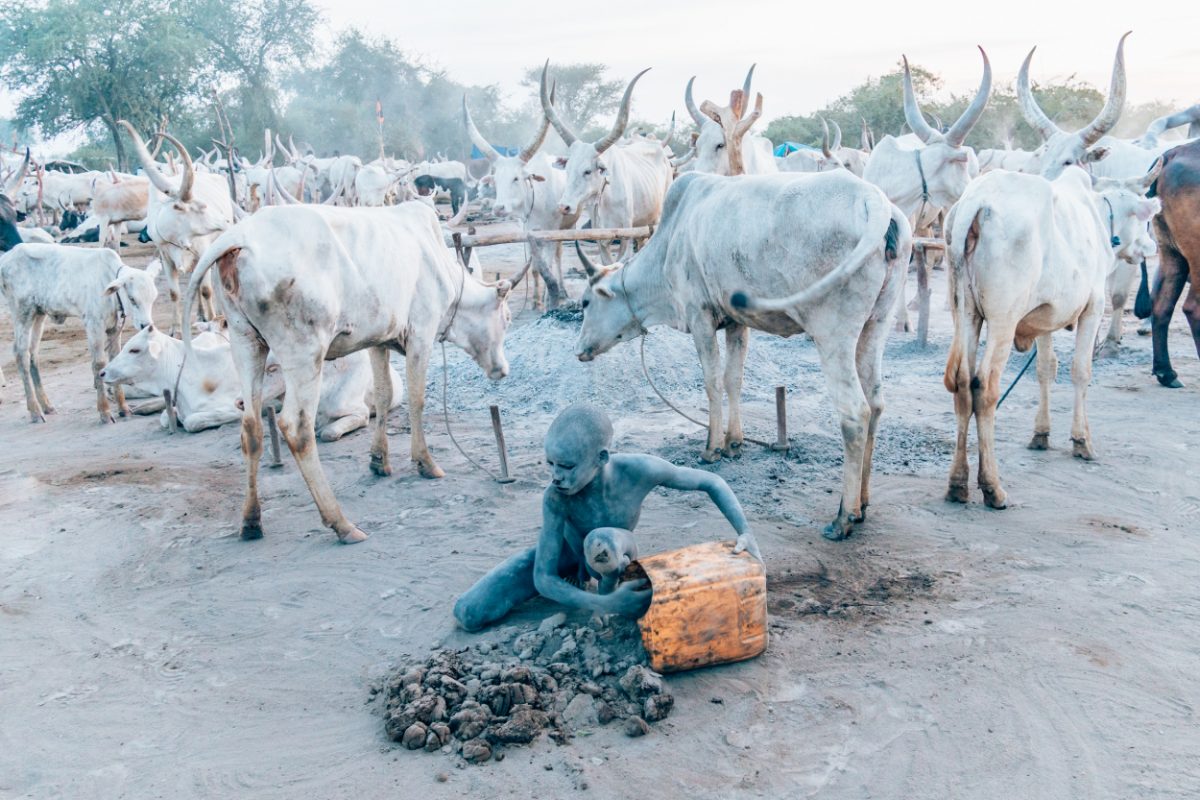


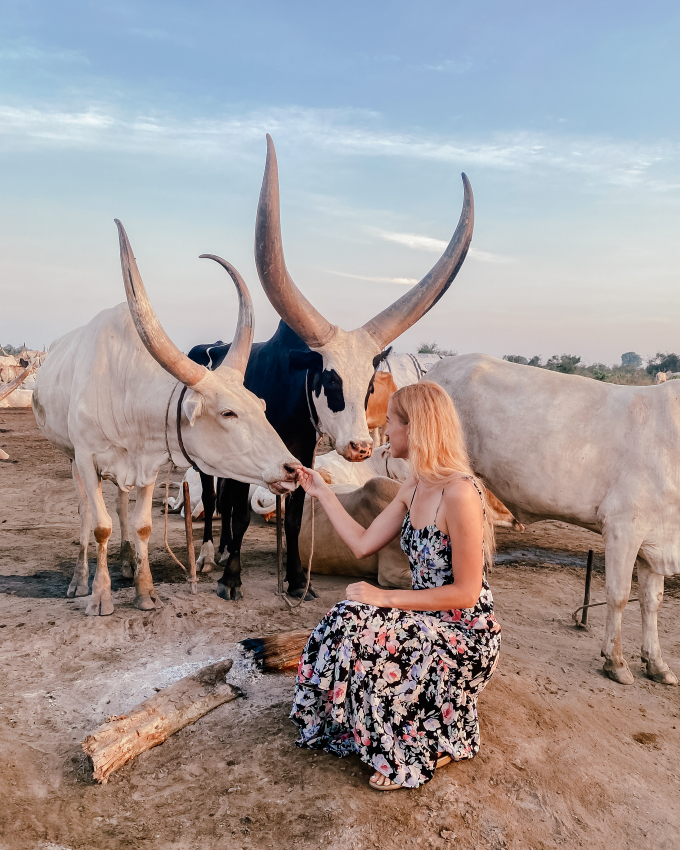
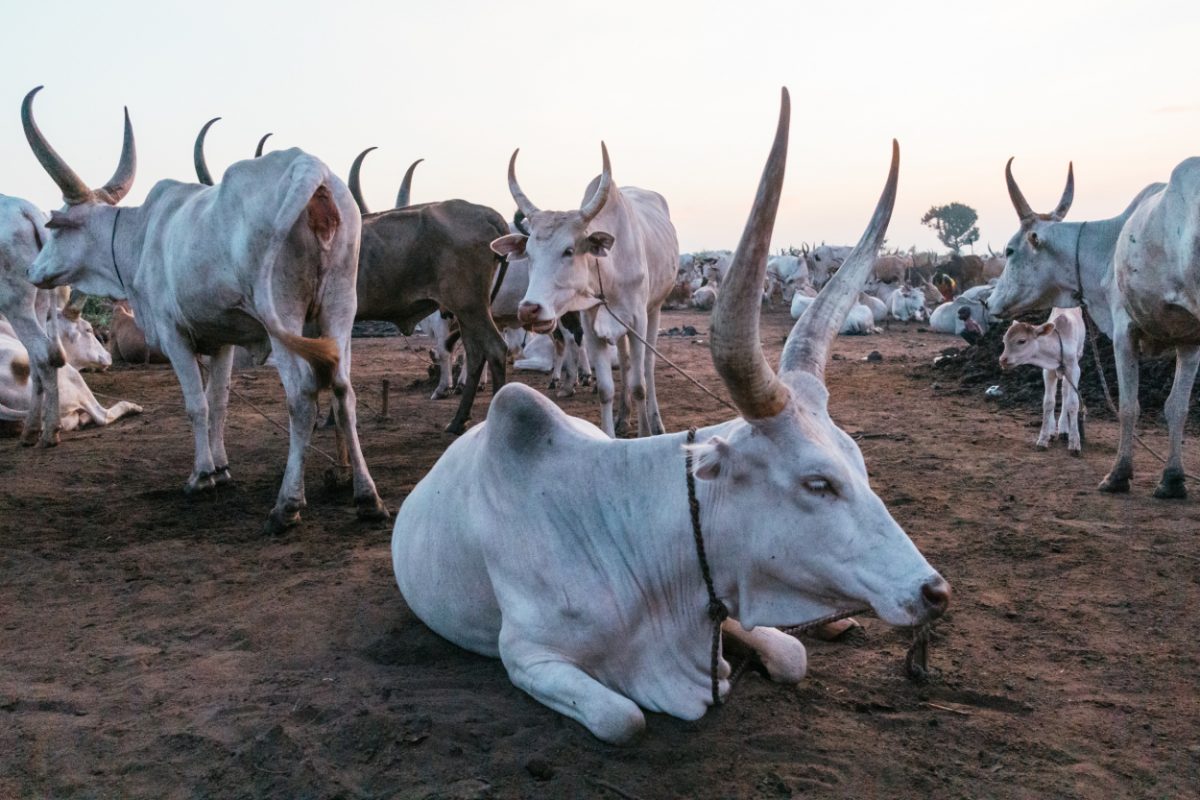




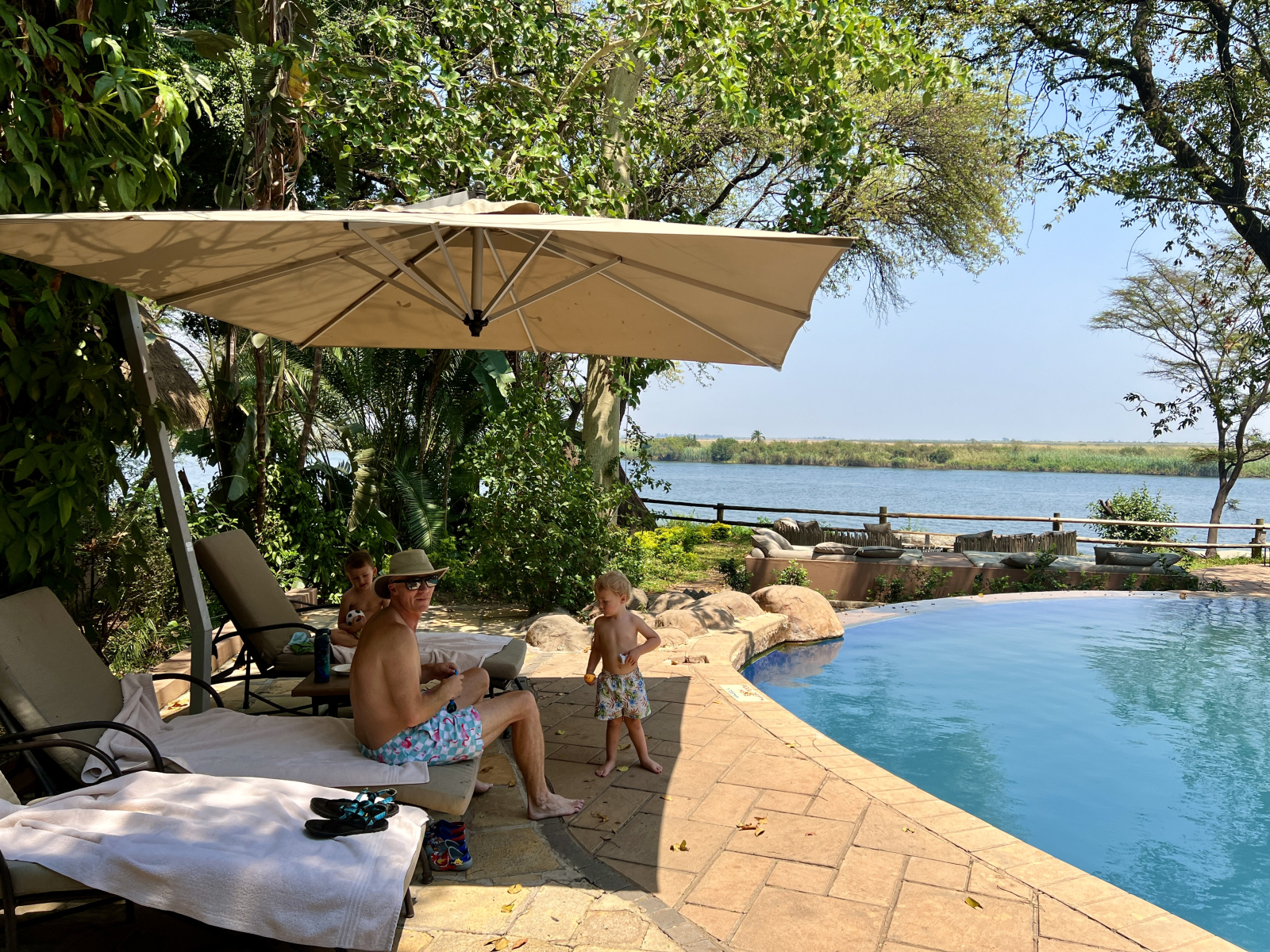
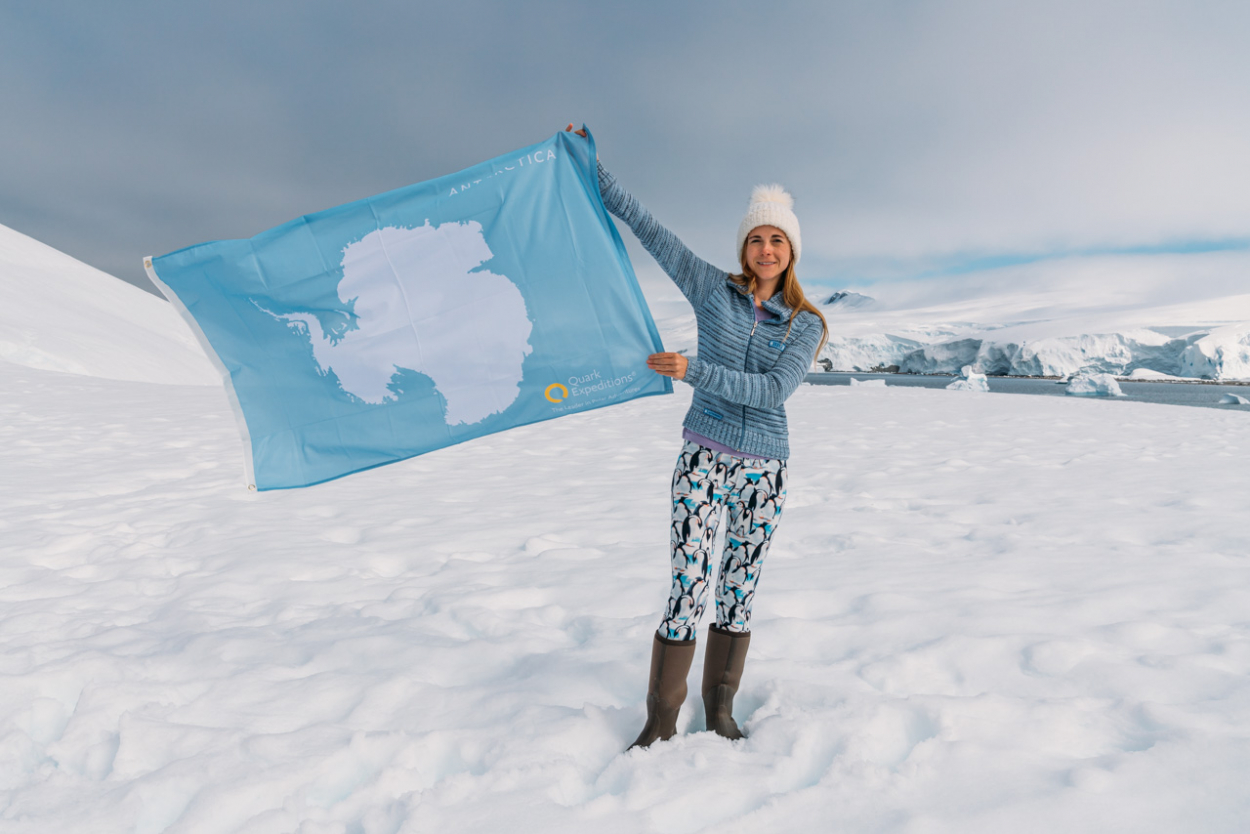

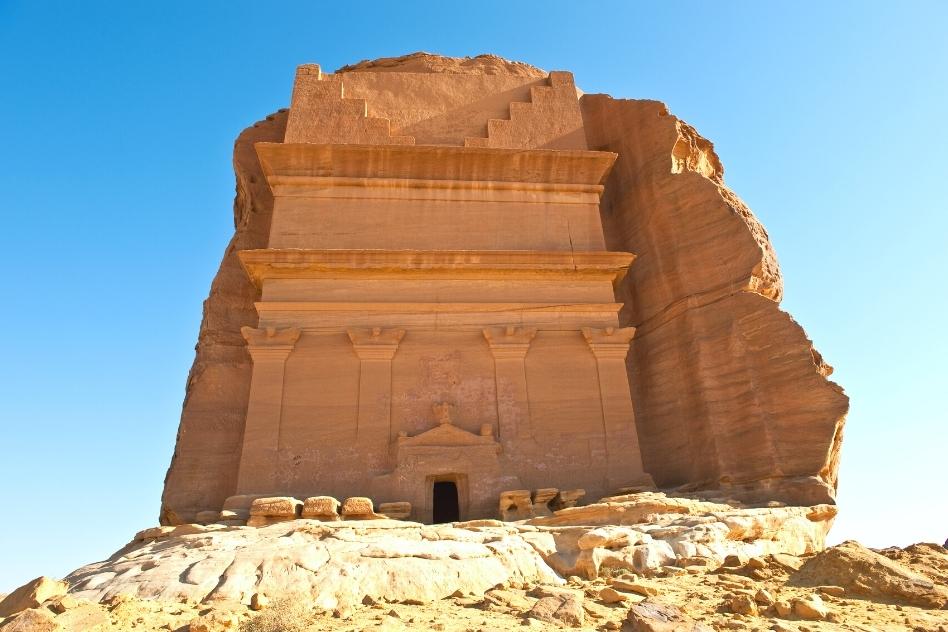

Thanks 🙏🙏 alot Anna to visit our country South Sudan indeed we’re so proud to between us her . I wishing you more blessing and success in your life may Almaty God protect you and give you more.
Thanks again
Jimmy John
South Sudan